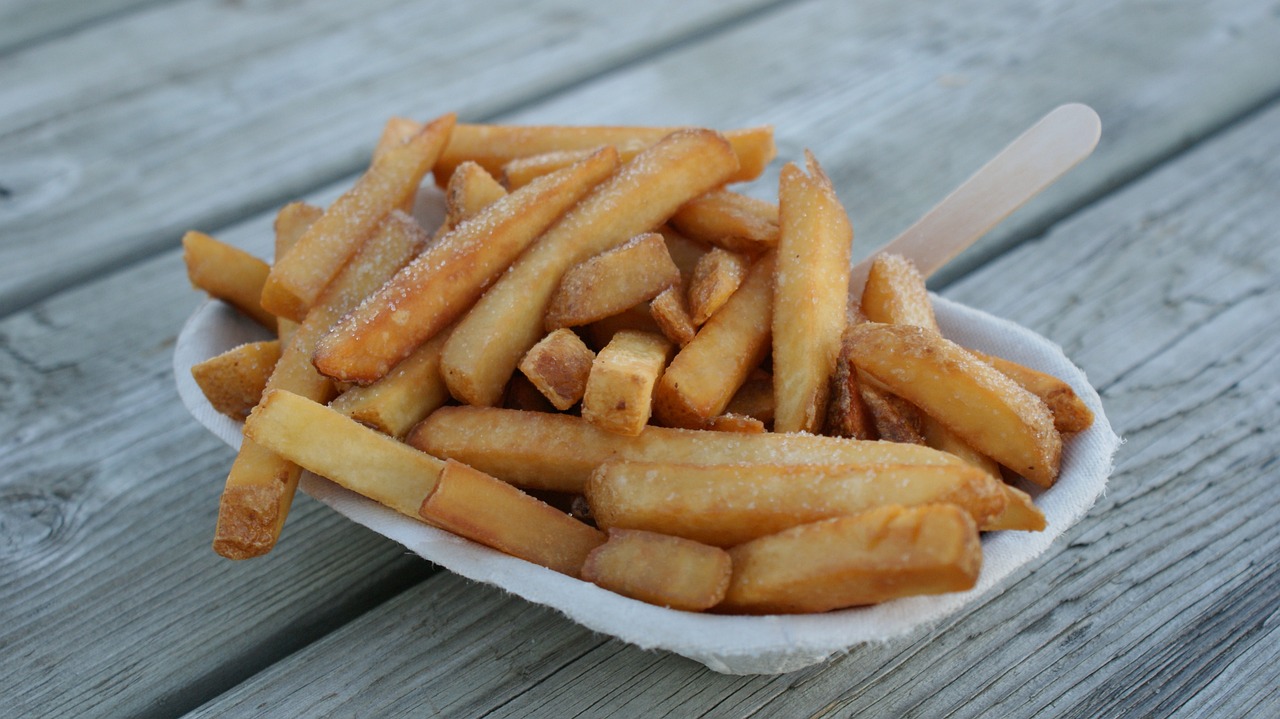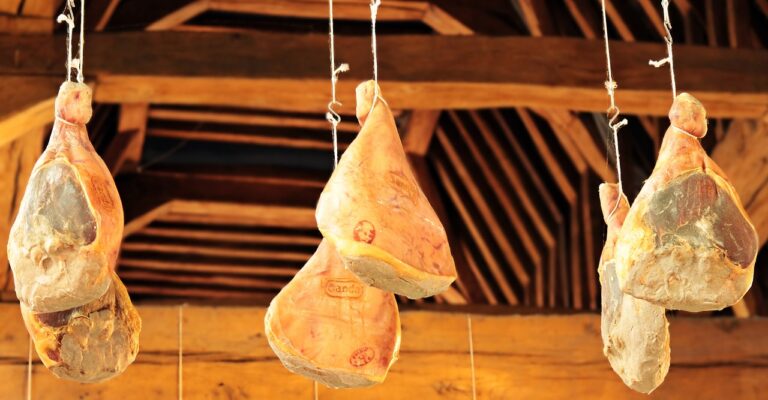Food and Gender: Exploring the Intersection of Identity and Cuisine
In many societies, the kitchen has long been viewed as a domain primarily meant for women. Women are often expected to take on the role of the primary cooks in the household, responsible for preparing meals for the family on a daily basis. These traditional expectations have shaped culinary identity in significant ways, influencing how individuals perceive food preparation and cooking skills based on gender.
Conversely, men have often been associated with the role of the chef in professional kitchens, where their culinary expertise is celebrated and respected. This division of labor based on gender has influenced the perception of culinary skills and expertise, with men often being attributed a higher status and authority in the culinary world. These traditional expectations continue to impact how individuals navigate their roles in the kitchen and how culinary identity is constructed within different cultural contexts.
The Influence of Media on Gender Perceptions in Food Culture
Media plays a significant role in shaping societal perceptions of gender roles within food culture. Images and narratives often portray women as primarily responsible for cooking, baking, and maintaining the household, reinforcing traditional expectations that women should be the primary caretakers in the kitchen. On the other hand, men are frequently depicted as chefs in professional settings, showcasing a more prestigious and skilled role in the culinary world. These representations not only reflect but also perpetuate deeply ingrained gender norms and biases that influence how individuals view their own roles and capabilities in the kitchen.
Furthermore, media portrayals of food and cooking often align with gender stereotypes, suggesting that certain types of cuisine or cooking methods are more suitable for one gender over the other. For instance, grilling and barbecuing are typically associated with masculinity, while delicate pastries and intricate desserts are often linked to femininity. These narrow depictions not only limit the possibilities for individuals to explore and express their culinary interests but also reinforce the idea that cooking is a gendered activity with specific rules and boundaries.
Exploring the History of Gendered Food Practices
Throughout history, the division of labor in the kitchen has often been based on gender norms and expectations. Women have traditionally been assigned the responsibility of cooking and food preparation, while men have been associated with more labor-intensive tasks like hunting and farming. This division has influenced food practices and culinary identities, shaping the way different genders interact with food and contribute to culinary traditions.
These gendered food practices have been reinforced and perpetuated through societal norms and cultural representations. In many cultures, women are portrayed as the primary cooks and caregivers, while men are often depicted as chefs and culinary experts. These stereotypes have not only influenced the roles individuals take on in the kitchen but have also shaped perceptions of food and cooking abilities based on gender.
How have traditional gender roles influenced food practices in the kitchen?
Traditional gender roles have often dictated that women are responsible for cooking and preparing meals, while men are seen as the providers or consumers of food. These expectations have shaped culinary identities and practices for generations.
How does the media influence our perceptions of gender in food culture?
The media plays a significant role in perpetuating gender stereotypes in food culture. Advertisements, cooking shows, and celebrity chefs often reinforce traditional gender roles and expectations in the kitchen.
Can you provide some examples of gendered food practices throughout history?
Throughout history, certain foods have been associated with masculinity or femininity. For example, meat-heavy dishes have often been seen as more masculine, while salads and lighter fare are often considered more feminine. These perceptions have evolved over time but still impact how we view food and gender today.







